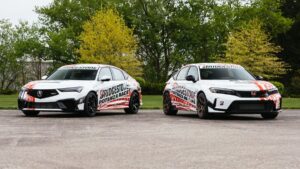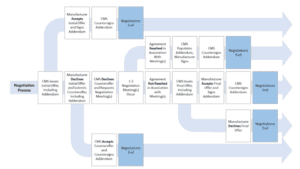BMW Has Crappy Paint, and We Do Mean That Literally
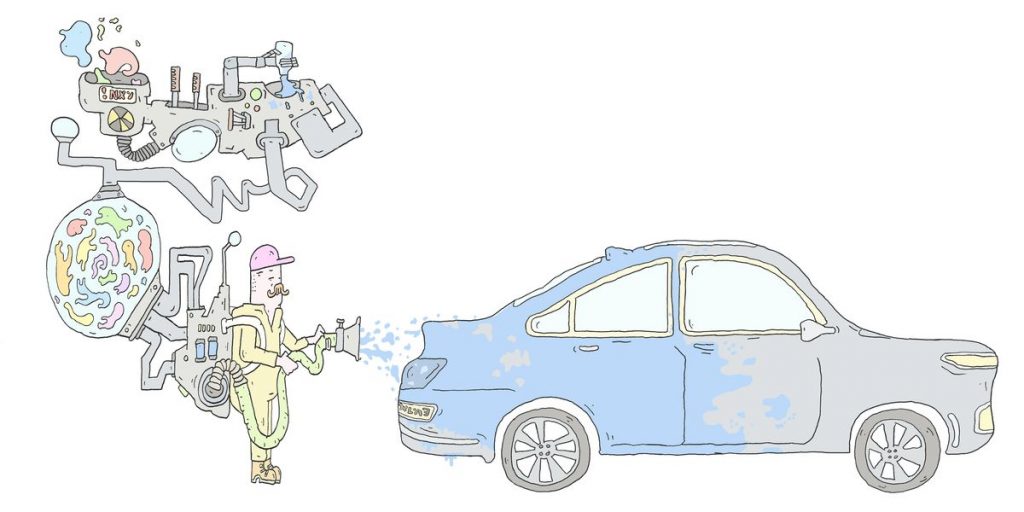
From the October 2022 issue of Car and Driver.
To reduce its carbon footprint, BMW is trying something innovative if a bit icky: matte-finish paint made out of poop. Don’t panic. As in other recycling, there are a lot of steps between sewage and the special-order finish on your M440i.
Biological waste is a source of organic and renewable versions of naphtha and methane, compounds typically involved in paint production. When separated from their gross surroundings, they’re virtually identical to the naphtha and methane sourced from petroleum. Starting with waste products means using less fossil fuel, and BMW paint supplier BASF says CO2emissions in this manufacturing process are 40 percent lower.
Developing paint from other organic materials isn’t as plug-and-play and requires more time. But since the waste-sourced coating is nearly identical to the oil-derived version, it can be produced on short notice.
BMW’s plants in Germany and South Africa have switched to paint made this way, which means matte-coated Bimmers from Ms to X3s will have the sustainably sourced finish. So if a hater says your new matte-finish BMW “has a crappy paint job,” you can proudly answer, “Yes, it does.”
Your Car Is Garbage
BMW is not the only company looking at waste to make parts. Here are a few other examples of automakers digging in the recycling bin:
Floored
Abandoned fishing nets and other trash are transformed into Econyl regenerated nylon, used in floor mats for vehicles, including the Mercedes-Benz S-class and the BMW iX.
Illustration by Typfy|Car and Driver
Hold Tight
Ocean rubbish is also turned into less visible pieces, such as the Ford Bronco Sport’s wiring-harness clips, which use plastics made from nylon fishing nets recovered from the Indian Ocean.
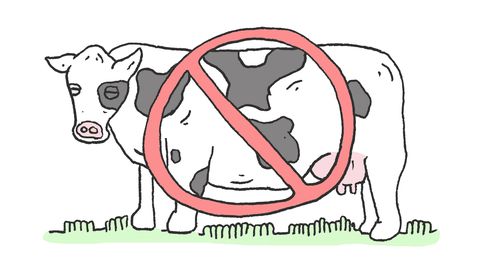
Illustration by Typfy|Car and Driver
Cow-Free
Polyethylene terephthalate (PET) is a polymer in single-use items such as plastic bottles, shopping bags, and straws. Volvo derives its leather alternative, Nordico, from materials including recycled PET bottles and wine corks.
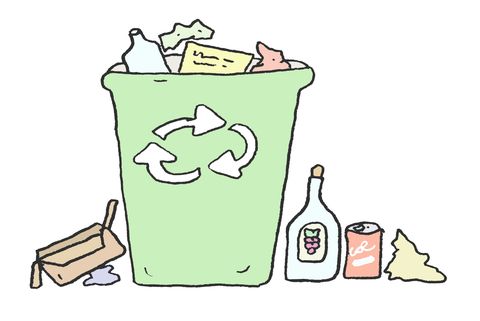
Illustration by Typfy|Car and Driver
Lit Up
Hooked on McDonald’s coffee? You’re helping Ford make parts. Coffee chaff, the dried skin of the beans that comes off when they’re roasted, can be mixed with plastic and other additives to create a durable reinforcing material, so the Blue Oval has partnered with McD’s to make use of its java suppliers’ discards. Ford gives the chaff new life in headlight housings and other parts it says are about 20 percent lighter and require up to 25 percent less energy to produce.
This content is imported from OpenWeb. You may be able to find the same content in another format, or you may be able to find more information, at their web site.
